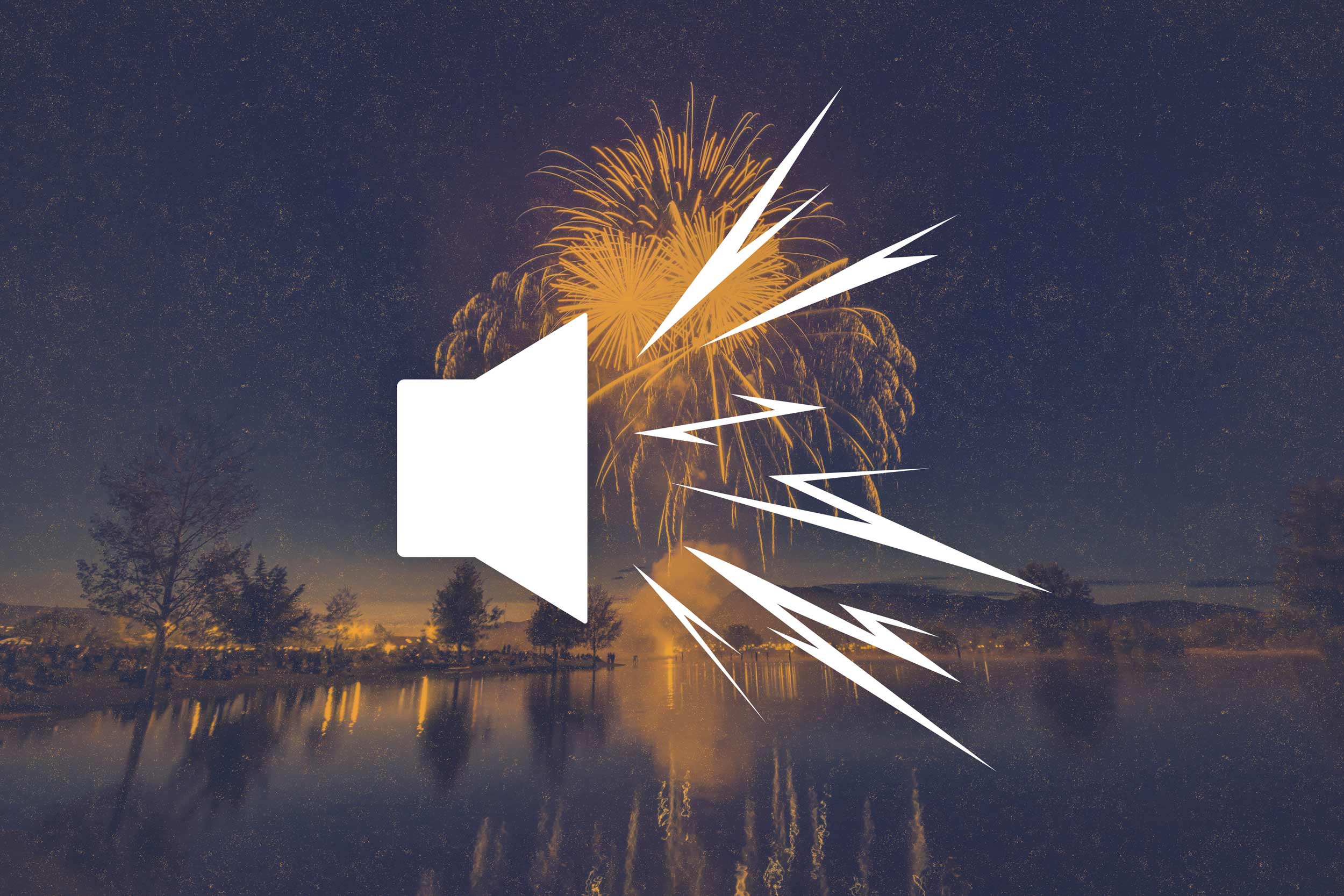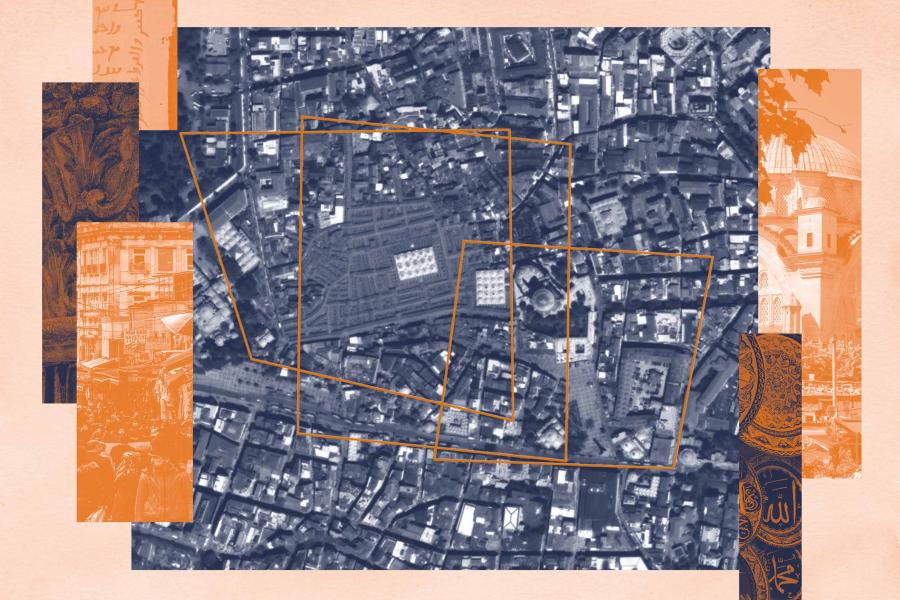Summer is filled with joyful sounds –from picnics and parties to concerts and fireworks – but some can be pretty loud.
During fireworks, it is not unusual to see babies wearing protective earmuffs. But according to board-certified audiologist Margaret Halinski, babies are not the only ones whose hearing needs protecting. And fireworks may not be the summer’s worst culprit.
Halinski, an assistant professor at the University of Virginia School of Education and Human Development, treats clients at the school’s Sheila C. Johnson Center for Clinical Services. She’s also on a mission to raise awareness about everyday noise risks and how to prevent noise-induced hearing loss.
We sat down with Halinski to learn how to protect our hearing this summer.

Margaret Halinski is an assistant professor at the University of Virginia School of Education and Human Development and a board-certified audiologist. (Contributed photo)
Q. What is noise-induced hearing loss?
A. Noise-induced hearing loss occurs when there is damage to the cochlea (inner ear), hearing nerve and/or the central auditory pathway due to high levels of noise. According to the World Health Organization, one billion people are at risk for noise-induced hearing loss between the ages of 12-35 years old.
Q. When does noise-induced hearing loss typically occur?
It can happen at any age. It is great to see babies often wearing ear protection, but the 7-year-old, the teenager, the adult – all of us need hearing protection, too.
Symptoms often start with tinnitus, known as ringing in the ear, but can also be any internal auditory phenomenon like ringing, buzzing or chirping. Another symptom is temporary threshold shift, a phenomenon of having difficulty hearing right after leaving a loud environment but then feeling better the next day.
The bad news is that these symptoms can be insidious in that they can often go away, even though they are symptoms of longer-term damage.
The good news is that noise-induced hearing loss can be prevented.
Q. At what level does sound become a risk?
A. The National Institute for Occupational Safety and Health sets the recommended exposure for an eight-hour workday at 85 decibels or less. Even though the organization makes recommendations for work environments, these are also the guidelines we use as a baseline for hearing health.
It is critical to remember that the decibel scale is logarithmic, increasing exponentially. That means the perceived loudness of sound is doubled every increase of three decibels, making a decibel of 88 twice as loud as 85, and so on.










